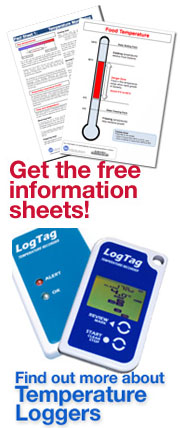To help you keep your food out of the Danger Zone, we have produced a FREE information sheet for you to print out and display in your kitchen or other food handling area.
Download a free info sheet for your kitchen

The Australian & New Zealand Food Standards Code states that if you are receiving, storing, processing (including defrosting and preparing), cooling, reheating, displaying or transporting potentially hazardous foods then you must be able to prove that you have not exposed the food to this critical “Danger Zone” temperature range for too long.
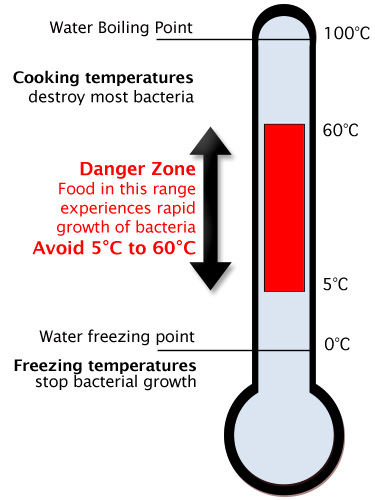
What is the Danger Zone?
5°C to 60°C has been specified as the danger zone for food. This is the range in which micro-biological growth can occur quickly. If food is left too long within this temperature range then potentially deadly micro-organisms can grow.
Heating food above 60°C will kill most micro-organisms. It will not, however,remove the toxins that may have been introduced. Cooling food to below 5°C will almost stop the growth of micro-organisms.
What is defined as “potentially hazardous” food?
Any food that may contain food poisoning bacteria are classed as “potentially hazardous”. They include meat, dairy products, seafood, processed fruits and vegetables (including salads), cooked rice and pasta, foods containing eggs, nuts and other protein rich foods, and items that contain these foods (e.g. sandwiches).
Time, Temperature, Food & You.
Food is always going to be exposed to the danger zone. The critical part is to ensure that this time is kept as short as possible. This has implications for the following:
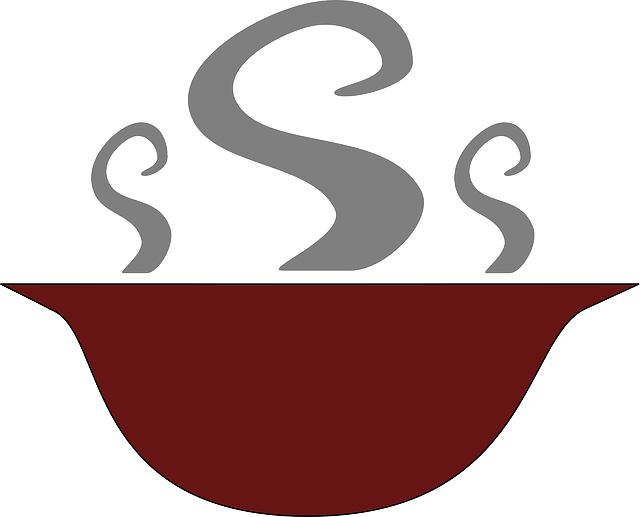 RECEIVING FOOD
RECEIVING FOOD
If receiving hot, cold or frozen food then it must be at the required temperature when you receive it. If it is outside the temperature range then you have no idea how long it has been too warm / cold and it should be rejected.
If it has travelled a short distance and you know it was correctly stored by the sender then it may be acceptable (seek additional advice).
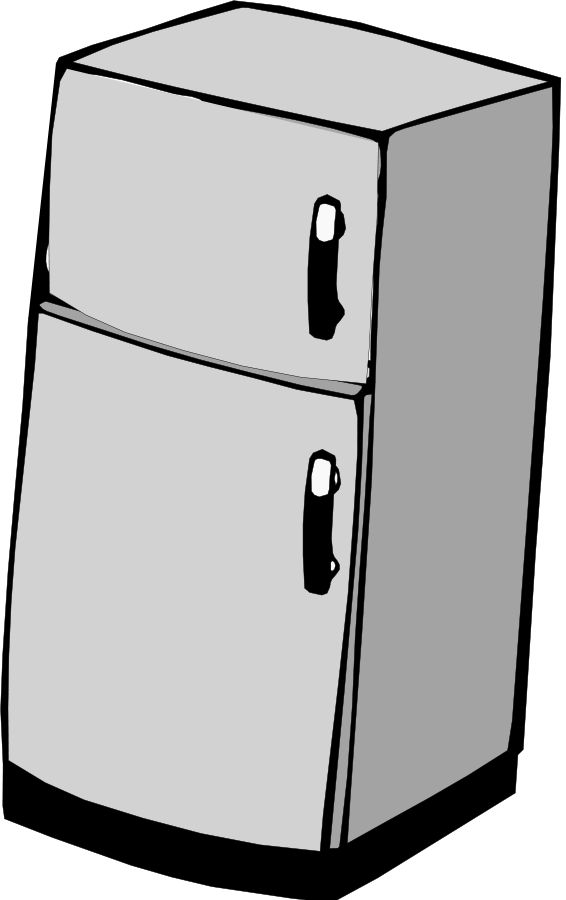 PREPARING FOOD
PREPARING FOOD
Take small quantities of food out of the fridge at any one time, and replace them as soon as possible.
 COOLING FOOD
COOLING FOOD
When cooling food, the standards actually specify the maximum time you can take. The temperature must drop:
from 60°C to below 20°C within 2 hours
from 20°C to below 5°C within 4 hours
The shape and size of the container will play an important part in this. Avoid large containers if possible. Also flat containers are better than square block shapes. Consider cutting large chunks of meat into smaller chunks.
Also, if the fridge is at 5°C then it is impossible to meet these time frames. The fridge must be cooler than 5°C for the food to drop below 5° on time.
 SERVING FOOD
SERVING FOOD
If food is to be served between 5°C and 60°C (e.g. at room temperature) then warm it up as close to being served as possible.
Have procedures in place that allow you to know when food was brought out.
To help you keep your food out of the Danger Zone, we have produced a FREE information sheet for you to print out and display in your kitchen or other food handling area.
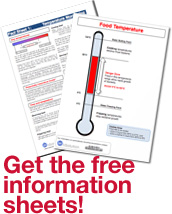
Ways to Monitor Temperature
There are a wide range of thermometers including:
- probe thermometers
- min/max thermometers
- infra-red gun thermometers
Every kitchen needs a probe thermometer to monitor temperature inside dishes. Infra-red guns make it very easy to measure external temperatures but don’t necessarily provide an accurate indication of the internal temperature.
Thermometers should also be kept where ever potentially hazardous foods are stored.
Automated temperature logging
Temperature Loggers are perfect for the food and hospitality industry. These inexpensive and highly accurate devices allow for automated logging in a variety of situations, such as in fridges, storage areas, and kitchens.
Temperature and humidity can be recorded to the device at set intervals and then uploaded to your computer for easy
analysis.
Fully automated loggers are available that will automatically do remote monitoring of your sites and send alarm notifications directly to you as soon as a problem occurs.
Where can I find more information?
There are a variety of temperature loggers available. This guide explains below the features of the most useful devices for the food and hospitality industries.
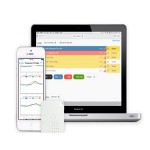
Wireless Temperature Loggers
Temperature monitoring and logging has never been this easy. Our wireless temperature loggers can be placed anywhere, and they wirelessly and automatically send notifications back to the cloud, to alert you of anything that has gone wrong.
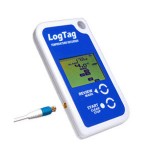
Temperature Loggers
Temperature loggers give you the ability to monitor an item even when it is outside your control and to identify when problems occur. They work 24 hours a day, 7 days a week.
Have Questions? The OnSolution Experts are here to help!
If you have any questions about food temperature safety or our range of Temperature Loggers for the Food and Hospitality Industries, please email us and we will be able to assist you.
